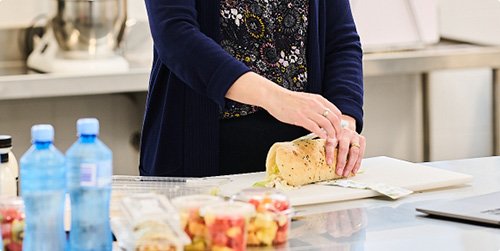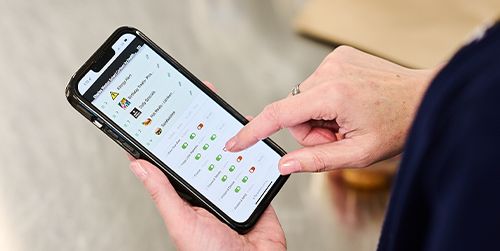
Flexischools Blog
Categories
Parents
Schools & Suppliers
Flexischools Blog
An insightful blog for parents with recipes, healthy eating tips, guidance on how to deal with bullying, and other parenting advice.
How to encourage parents to volunteer in your school canteen
In Australian schools, parent involvement plays a crucial role in creating a thriving educational environment.
How schools can create a great canteen menu
Creating a well-balanced school canteen menu can be a challenge. There are multiple factors to consider, such as nutritional value, food diversity, student preferences and special dietary requirements.
Top five benefits of moving your school canteen online
Managing a school canteen takes time, effort, and resources. From managing inventory to preparing meals to counting change, many time-consuming tasks need to be completed daily.
If you want to save time, you could consider getting your services organised with an online canteen ordering system like Flexischools.
How much have canteen prices changed since last year across Australia?
School canteens operate in a highly unique environment. There are various providers of this service who have vastly different goals. While a canteen outsourced to a 3rd party will have goals pertaining to profitability, much like any small business, those run by either the school or parent association will often try to just cover the incurred costs.
Flexischools’ top 8 tips for a successful school canteen
Get your school canteen organised for the 2023 school year with these top 8 tips from Flexischools!
10 ways teens can earn pocket money
Some parents may welcome their teens earn pocket money by contributing to the household. Others may not require their teens to do chores. Either way, encouraging your teens to try a few jobs could help them make better career choices as they grow up.
The 3 key things to teach your kids about superannuation
Explaining financial concepts, like superannuation, to your kids can be difficult, especially when you’re unsure how the rules apply to kids.
When should your kids get their first job?
It can feel like children grow up in the blink of an eye. One day, you’re changing nappies and wiping noses; the next, you’re slap bang in the middle of the teenage years, likely dealing with an adolescent's demands for spending money.
How to set up a super account for your child
The sooner someone starts saving for retirement, the more money they’ll have in their post-working life. So if you want to help your children get a head start, you can consider setting up a superannuation account for them.
Top 10 questions to ask when your kids want to buy something
It’s hard to decide when to buy your kids something they ask for and when to deny them, especially if money is tight.
One solution is to first discuss the purchase with your kids and weigh up the pros and cons.
The pros and cons of pocket money
Choosing to give your children pocket money or just buying them what they want is a hard choice. So let’s look at the pros and cons of giving children pocket money to help you decide.
Top 10 chores for 10-12 year old boys and girls
Giving your kids responsibilities and linking them to pocket money is another way to teach your kids the value of money.













